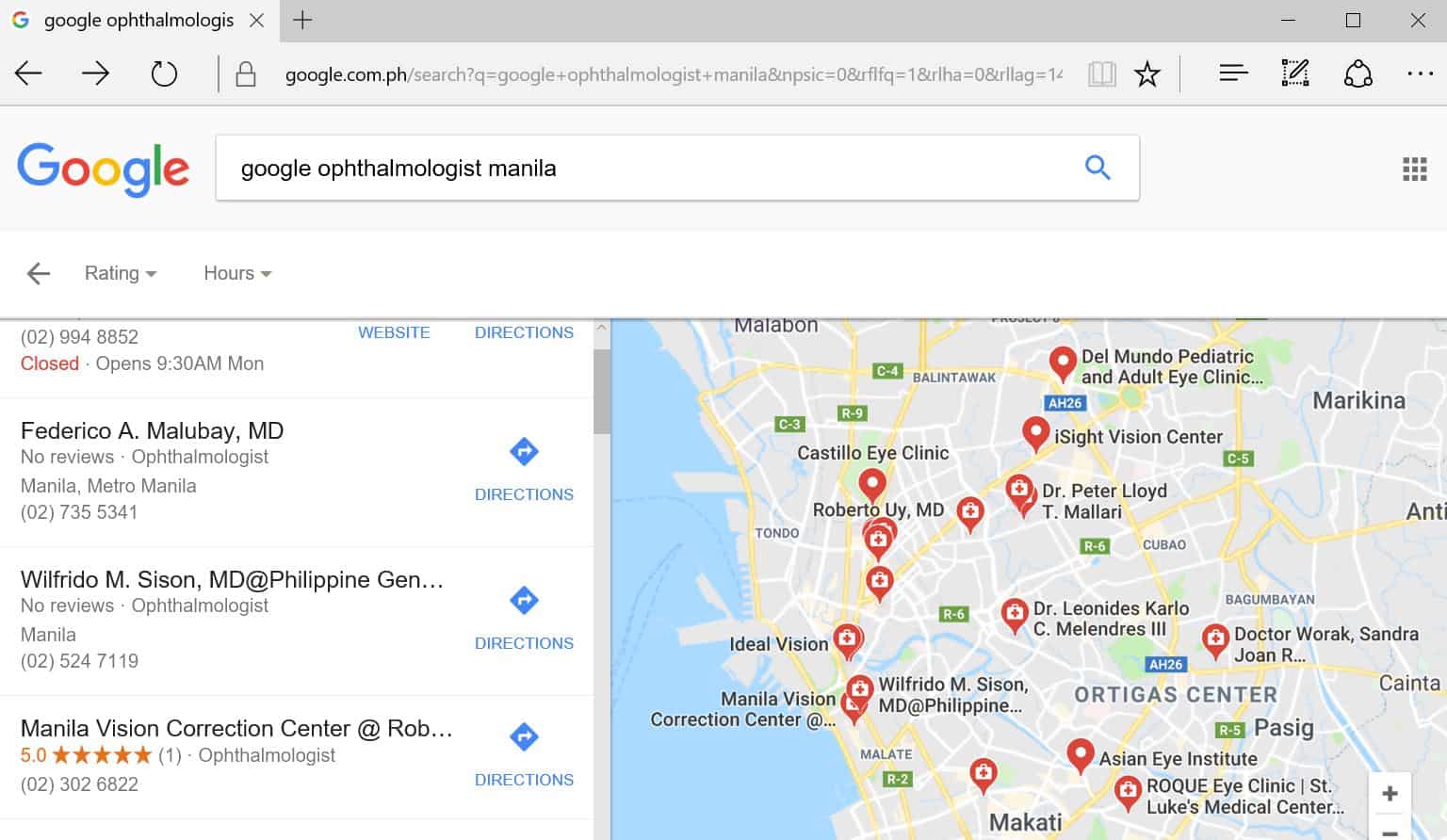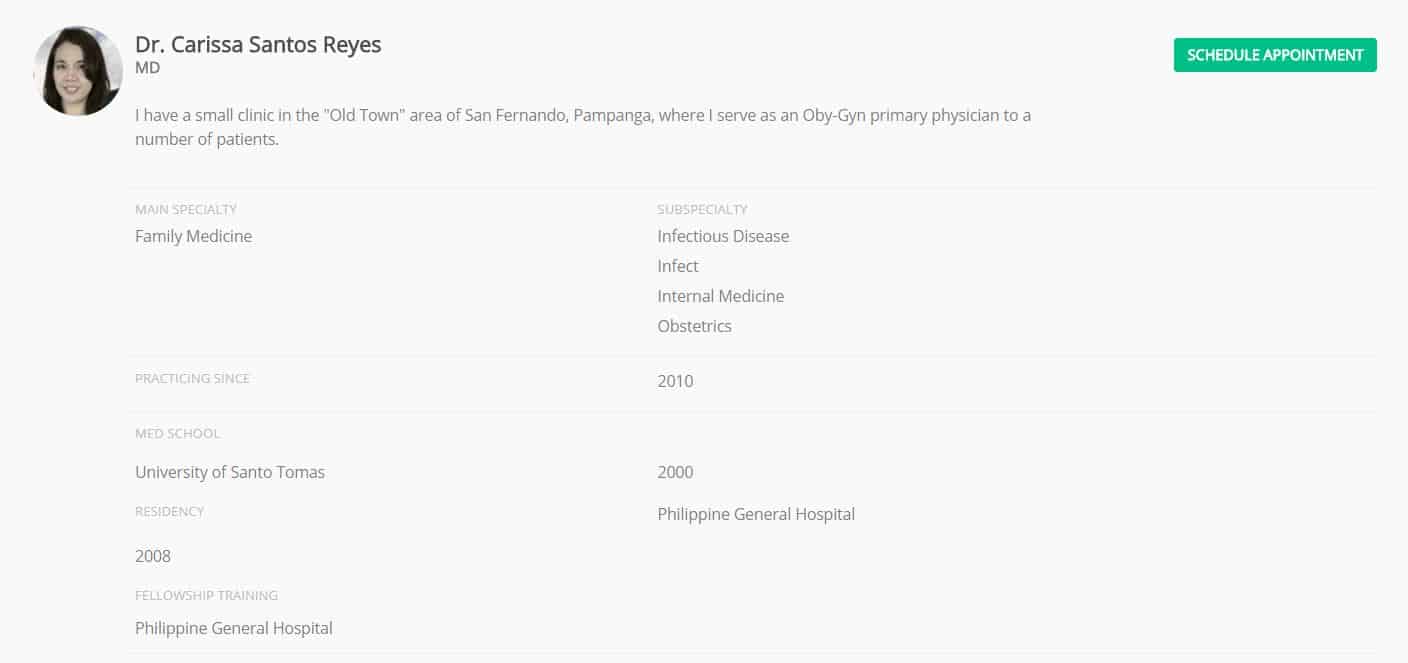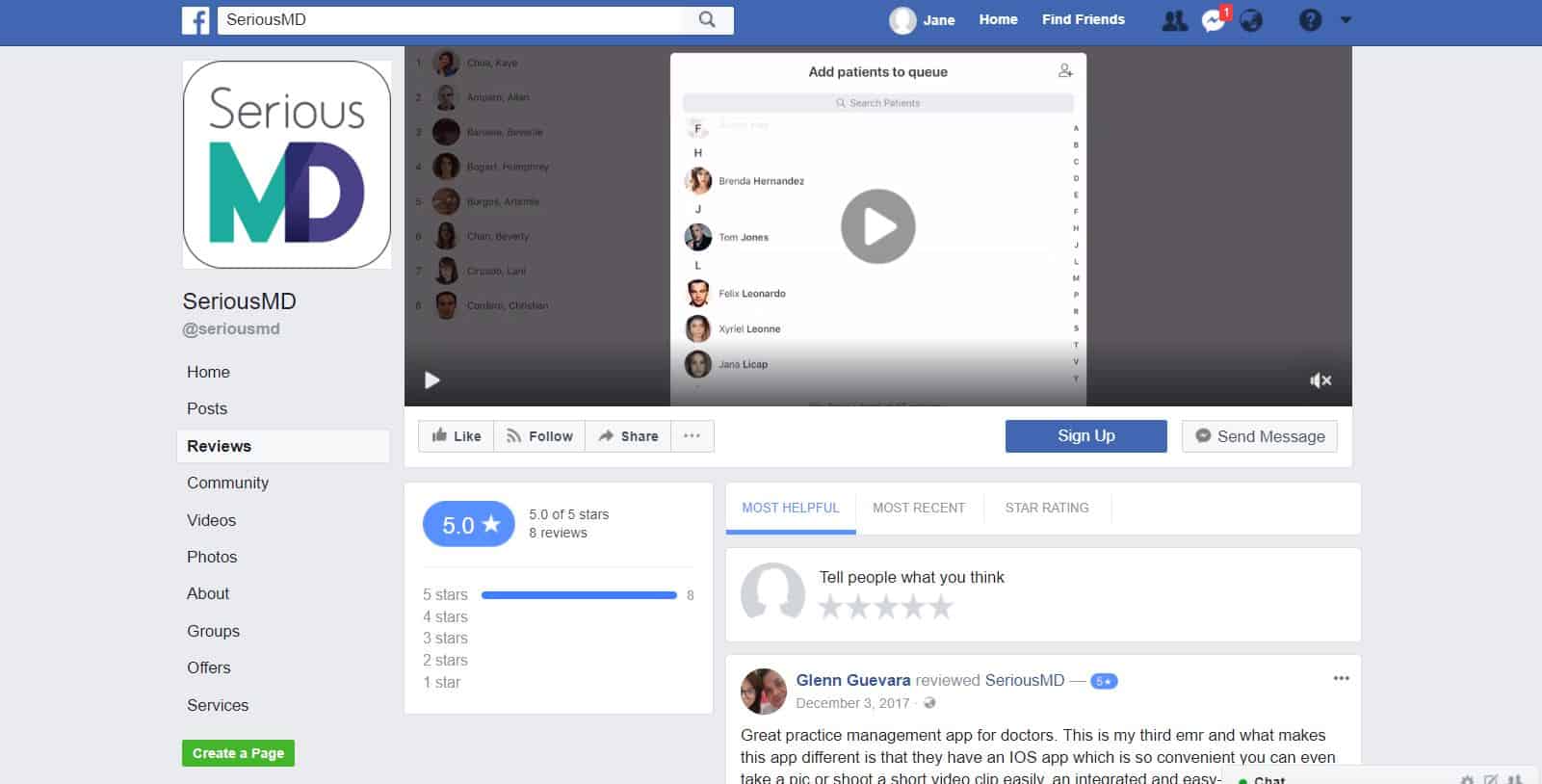Some say doctors shouldn’t be offering their services on the Web: that it reeks of the quack for a healthcare professional to peddle himself thus. That seems a prejudiced view, though… especially when just about everyone else is going there. You can look for plumbers, cleaning services, and even lawyers on the Internet. Why not a doctor?
The frank truth is that many patients are already seeking their physicians online. Two decades ago, most doctors still got their business the old way: via direct referrals and recommendations. But now that both accessing the Web and getting on it are so easy, things have changed.
The smart doctor can take advantage of these changes instead of being run over by them. And make no mistake: some will be run over. People will continue to need medical care through the Internet age and beyond, yes. But where they turn to get that care is the question.
Doctors need to adapt to the new ways people look for them. We’re going to be discussing this at greater length in later articles, but for now, we can start simple and limit it to 5 steps.
The goal: to get more patients using the Web
As for the methods:
Establish an authentic, verified online presence.
Obviously, you should start with your own website. Every practice should have an official website that shows its authenticity to online users. It can also be a first point of discovery for people actually looking for clinics matching its traits (location, physician specialties, etc.).
You have to be doing some SEO (search engine optimization) for this to work, though. And it tends to be best to have your own domain name, since it really adds to the impression that you are not only “established” but an “authority”.
The next step is to get on sites like Yelp and Google. The idea is to put your practice in a place where people online typically look for services like yours. People who need you will be more likely to find you that way.

Google still tends to be the first port of call for surfers seeking a service
Being on SeriousMD’s directory also helps. We give you a free online profile page. This is a place where patients can find you and book time with you. We optimize the page ourselves and all you do is add information. So you hardly do a thing, yet get maximum visibility. It becomes public as soon as we verify your identity manually.

Your profile page also shows your clinics and hours at the bottom.
Other doctors are capitalizing on their profile pages already: they give unique URLs to their patients and use it as a business card to promote their business and online interviews.
You should also get on social media. But that deserves its own item.
Get on social media.
This does not mean becoming superglued to your smartphone, by the way. It just means starting to use social media a little more to benefit you. And not just any social media, but the right social media. What does that mean?
If you are like most medical professionals, then you are generally pressed for time as a resource. You will find it hard to manage a lot of social media accounts: say ones that run the gamut of all the current networks.
So the wiser course would be to focus your efforts on the channels likeliest to yield returns. To identify them, you may have to do some market research. Talk to your patients or run a quick survey of them and their families. Find out which social media networks they use most. These may be the ones you should be focusing on first since they are the ones likeliest to give you what you need.
Usually, that means Facebook, Twitter, and LinkedIn. These are places where you can show your expertise to others: both colleagues and patients seeking information. Having your own business page on all of these also makes your practice more discoverable online.

Some doctors’ Twitter accounts are very successful.
Some social networks (like Facebook) also give you a channel for patient reviews. That leads us to our next item.
Make use of the marketing potential in patient testimonials.
Patient testimonials are great online resources for any business. They tell others your practice is real and (assuming a good review) worth visiting. Of course, if they are negative, they can have the opposite effect, so some management may be in order.
You might ask who really believes in online reviews anyway. More and more people, actually. BrightLocal’s Consumer Review Survey demonstrated this in the past when the percentage of persons who trust online reviews was shown to grow from 2011 to 2013. By 2013, it was already at 79% of their survey. By 2017, it had reached 85%.
Encouraging patients to drop reviews of their experiences at your clinic can benefit you. If your practice has a Facebook page, you can encourage them to leave testimonials like this. We are actually going to be adding a review feature for SeriousMD users’ profile pages soon, by the way.

Reviews pages like this can be good for your business.
If you do a good job at your practice, there is no reason to believe most reviews should be positive. Do not bank on that, though. To be safe, you should also have a management protocol in place for the negative ones. For instance, you should have someone on staff who replies to them in a polite manner.
Take care not to reply with a lot of detail. You still want to respect patient privacy rights. Try to avoid mentioning the patient’s name, complaint, or other details in the response. Generalities are the best policy here.
If you get a negative review detailing issues with your practice, for example, just say the following:
- You are sorry the experience was unpleasant for them.
- Your staff have a continued commitment to service quality.
- Give contact details for your practice if they need to talk more about it.
Run a blog.
The blog should be distinct from your practice’s official website. The blog can be more personal, obviously, although you should still refrain from making public any personal information about patients on it.
So what should you be publishing? Preferably something both useful and informative… and obviously, related to medicine.
A lot of doctors run blogs where they post knowledge about their specialties. We even made a list of some of the most successful ones in the Philippines. As you can see from those examples, blogging helps them in more than a few ways.
- It builds authority as people (both laymen and colleagues) look up their answers to medical questions.
- It promotes engagement within the online medical community (which we will cover in the last item in this list).
- If done regularly enough, it also makes their blogs and names more discoverable to search engines.
You do not have to restrict yourself to written posts for your blog, by the way. Why not do YouTube videos? Or do image posts? Just look at Dr. Willie Ong’s videos on Facebook, for example. Just look at the stats for one of his videos below:

You can even come up with something interactive like a webinar or live session with people who have questions about your specialty. UP Med does some great webinars, if you want to see what we mean.
Cultivate relationships with other doctors online.
Referrals make up a large part of any practice’s business. Being a reliable diagnostician, returning results promptly to the referring physician, and the like are all crucial in getting more of them. But relationships are important too.
Doctors tend to refer patients to other doctors whom they already know. Building relationships and turning acquaintances into friends online is thus a good way to socially invest in your practice’s future. Read other doctors’ posts, reply to updates on their social media accounts, and so on. Become part of the growing online medical community and you may find yourself reaping its rewards before long.
Even just sharing this article or discussing it with others on the Web can be a good start. Go ahead and tell your colleagues online what you think! Or get on Twitter / Facebook and say it to all of us there!

